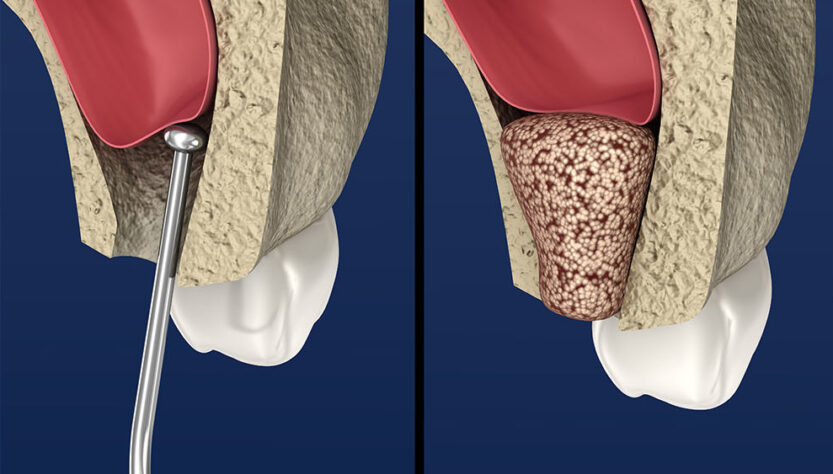Bone grafting is a vital operation that may transform a poor candidate for implants into a strong one. However, in rare circumstances, even bone grafting will not qualify a patient for dental implants. However, when you see an oral surgeon, you will discover that you have further choices than bone grafting!
This write-up discusses the available options you can consider instead of going for a bone grafting procedure.
1. zygomatic implants
This dental implant is implanted into the cheekbone and is oriented to give the best stability and support for your dental restorations.
Unlike conventional implants, zygomatic implants are inserted into the zygomatic bones. Since a strong, solid facial bone supports these implants, they do not need any changes to the jawbone, such as bone grafting, to support a bridge of fixed teeth. Zygomatic implants are one of the most difficult procedures in implant dentistry, and only a small number of oral surgeons are educated in this technique.
Although zygomatic implants may seem more intrusive than traditional procedures, they may be implanted in a single surgical operation while you are sedated. Your dental surgeon will digitally arrange your treatment before your arrival using 3D cone-beam CT images. Your Dental Implants will be strategically inserted in the bone throughout your surgery to guarantee optimal stability. Additionally, this treatment may entail the placement of traditional implants in areas of your jaw with the densest bone.
For patients with a severely resorbed maxilla, the zygomatic implant has become the implant of choice. Without this implant, many patients would undergo invasive bone grafting operations to produce sufficient bone volume for traditional implant insertion. Zygomatic implants help prevent grafting and minimize treatment time while also significantly improving function and esthetics post-operatively.
2. Grafts for Socket Preservation
Socket preservation is a treatment that protects the alveolar ridge and empty tooth socket from decay while also providing a better support system for the dental implant that will be placed on time. Besides preventing inevitable bone degradation, socket preservation may also be used to rectify or improve any abnormality in the alveolar ridge or socket.
Once the socket preservation operation is completed, the patient’s natural teeth – as well as the bone gaps between them – stay securely in place and are less prone to bone loss. While synthetic materials may be used to preserve the socket, we prefer to utilize the patient’s bone (or a match from a tissue bank) for the treatment. If we utilize your bone, we will harvest it from another part of the jaw, the hip, or the tibia.
3. Pterygoid Implants
Similar to Zygomatic implants in that they target an area of your skull that is untouched by jawbone loss, Pterygoid Implants anchor your abutments via your pterygoid fossa (a hollow space below your jaw) rather than your jawbone.
Pterygoid plates are very thick cortical bones located beneath the jaw that remain robust even after the jawbone is lost. This kind of implant is an excellent option for sinus lift surgery for standard implants for those who lack sufficient jawbone. Pterygoid implants have a high success rate, a low complication rate, and a high degree of biological acceptability.
hese two kinds of implants are often utilized in combination or independently to adequately seat Full Arch Replacements in patients who had previously been denied for standard implant choices.
Implants are advantageous because they conserve bone, prevent future degradation of the facial structure, and enhance the look. When the majority of the natural teeth are badly weakened or lost, the jawbone is left with nothing to drive bone formation.
When the human body determines that the jawbone is no longer required to support teeth, it deteriorates. This leads to fast degradation of the facial structure: the lips fold inward, the lower face shrivels up to form a witch’s chin, and wrinkles form around the mouth, forming “marionette lines.” This gives the appearance of a person being much older than they are. Implants remove wrinkles and facial structure collapse, allowing you to look up to 20 years younger!
Bone loss is a frequent occurrence in the jaw. Patients who have had bone loss often have a bone grafting treatment, which may result in a protracted recovery period. Dental implants are certainly a worthy alternative for bone grafting.

